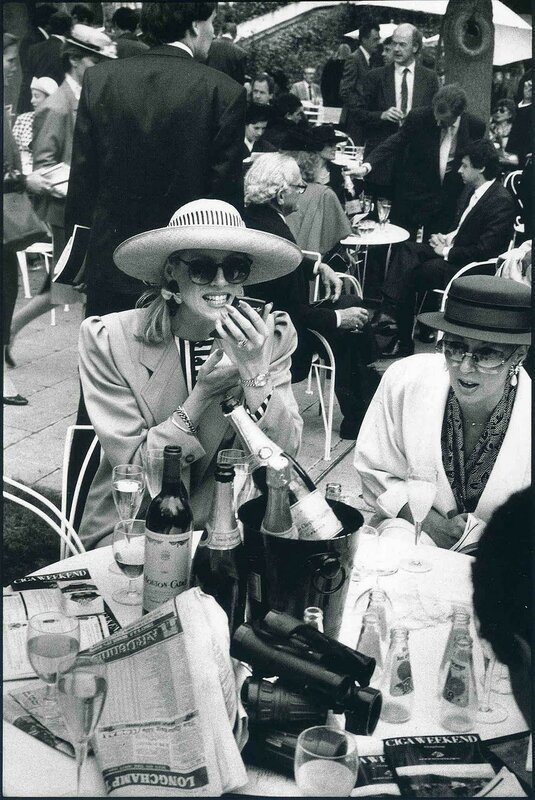Get Inspired By Famous Street Photographers
To give you further insight into Street Photography, here’s a first brief list of 4 famous street, documentary, reportage photographers whose work, I think, encompasses what every aspiring Street Photographer should study.
Gregory Crewdson
Crewdson’s career has spanned three decades. His work has been exhibited widely in the United States and Europe and is featured in many public collections, including the Museum of Modern Art, New York; Metropolitan Museum of Art, New York; Whitney Museum of American Art, New York; Brooklyn Museum; Los Angeles County Museum of Art; San Francisco Museum of Modern Art; and Smithsonian American Art Museum, Washington, DC.
Berenice Abbott on the web:
Philip-Lorca diCorcia
Philip-Lorca diCorcia’s photographs straddle truth and fiction by combining real people and places—but not necessarily people and places that naturally go together. The theatricality of his images is carefully constructed: he arranges the objects of each scene and devises precise lighting and framing for every project. His work is often described as cinematic, a description that diCorcia deplores. He insists that his pictures suggest rather than elucidate a full narrative. His brand of storytelling results in unstable, unfixed images that point in certain directions but never provide a definitive map.
Dmitri Baltermants on the web:
Leonard Freed
Early in Freed’s career, Edward Steichen, then Director of Photography at the Museum of Modern Art, bought three of his photographs for the museum. Steichen told Freed that he was one of the three best young photographers he had seen and urged him to remain an amateur, as the other two were now doing commercial photography and their work had become uninteresting. ‘Preferably,' he advised, ‘be a truck driver.'
Freed joined Magnum in 1972. His coverage of the American civil rights movement first made him famous, but he also produced major essays on Poland, Asian immigration in England, North Sea oil development, and Spain after Franco. Photography became Freed’s means of exploring societal violence and racial discrimination.
Henri Cartier-Bresson on the web:
Saul Leiter
Saul Leiter received no formal training but has gained renown for his street photography. Leiter originally moved to New York in 1946 to become a painter, though he quickly became attracted to the potential of photography, taking to the streets to shoot black-and-white images. His career took a turn for the better when Edward Steichen discovered and exhibited his work at the Museum of Modern Art. In the 1950s and '60s, Leiter was widely known as a fashion photographer; he made color photographs for his own pleasure and kept these to himself until the 1990s. Leiter would purchase inexpensive color film past its expiration date, embracing the chemical mistakes that would result in his final prints. As such, his photographs are known for their abstract elements.
Начните здесь вводить текст. Если требуется добавить блок с изображениями — воспользуйтесь кнопками "Добавить блок". Начните здесь вводить текст. Если требуется добавить блок с изображениями — воспользуйтесь кнопками "Добавить блок". Начните здесь вводить текст. Если требуется добавить блок с изображениями — воспользуйтесь кнопками "Добавить блок".
More awesome photographers on the next blog update.
Блог

Big interview with Aloha aka BigMike

История священника

Фотография в современном искусстве

Sotheby's Paris Car Auction











































































